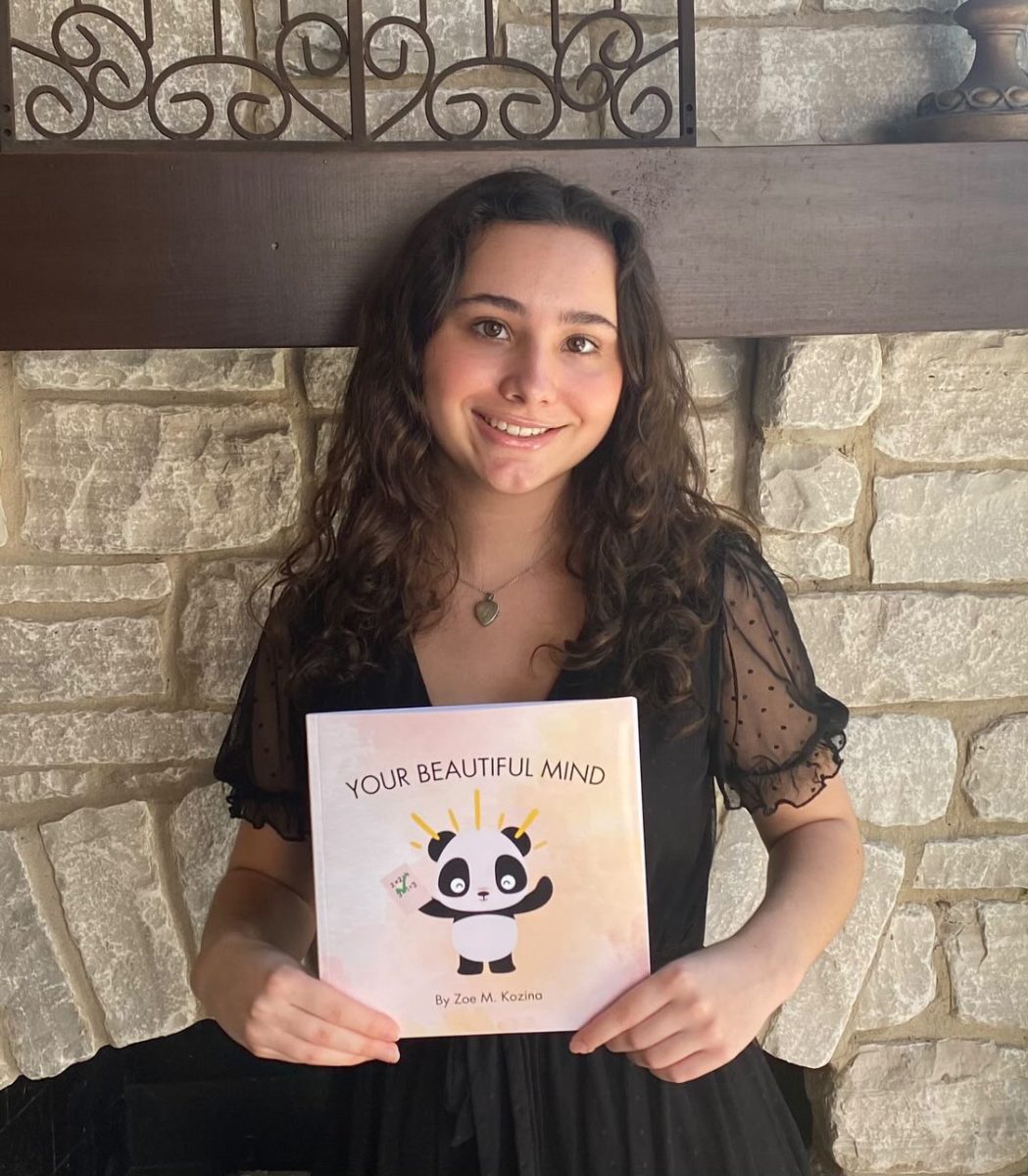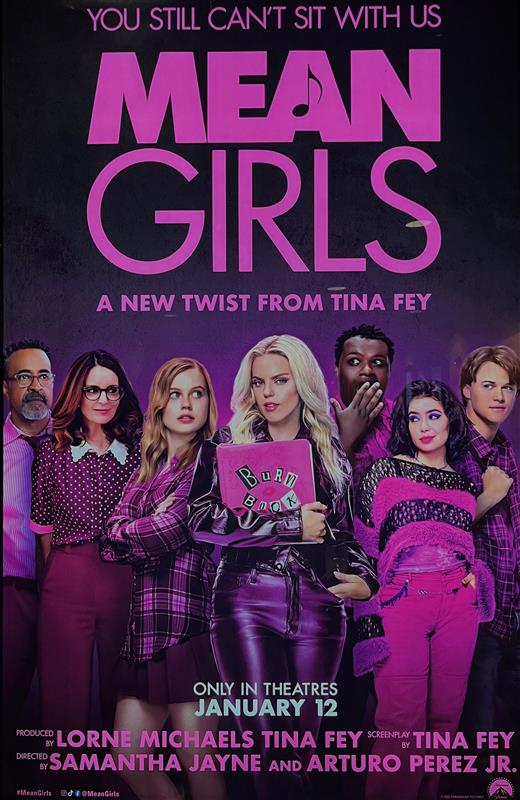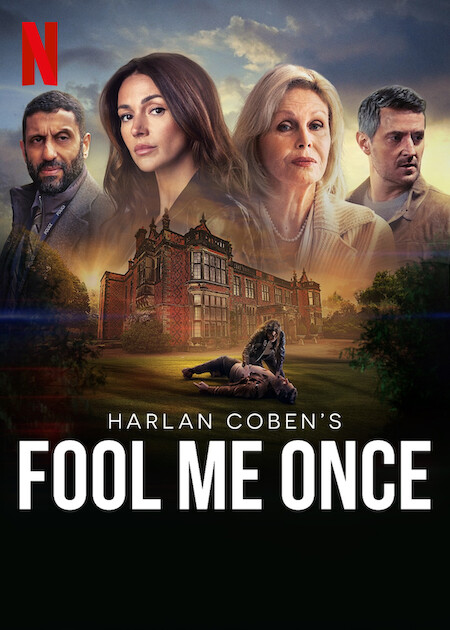Classic works of art stand the test of time
February 10, 2017
As I was browsing through Netflix over the weekend, I was captivated by the section entitled “Classics.” The vast majority of the movies listed within it were probably the same age as my grandparents, and it got me thinking; what is considered a classic movie?
As I began to watch “Casablanca,” I started to redefine my definition of a classic piece of film or art.
The word classic, by definition, is used to describe something judged over a period of time to be of the highest quality and outstanding of its kind.
Though all these movies from the “golden age” certainly fit that definition, I think I would consider more movies to be classic than just those that have stood the test of time.
Harry Potter, for example, is a franchise that no doubt became an instant classic when it bewitched audiences in 2001. “The Breakfast Club,” “Clueless,” and “10 Things I Hate About You” are movies that I’m sure most people can remember watching when they were younger.
The first words used to describe those movies probably wouldn’t be “highest quality” or “outstanding of its kind,” however I think it’s safe to say that they’re a classic film in their own unique way.
As I was watching “Casablanca” that Sunday afternoon, and while I was sitting in awe of Humphrey Bogart’s charisma, I began to see certain motifs in the film that are still used in most films today.
Then, I realized: classic art is not just art that stands the test of time. Classic art is art that speaks to people on a more personal level, connecting each generation with the ones before and after it.
Art, in its purest form, is a vessel of self-expression. Society might change throughout the decades, but human nature is one of the only constants we have. A classic movie is not one from a specific time period, but rather it’s a film that speaks to our psyche.
That’s why I have a hard time with a class like English. Authors might have had an idea of what they wanted their literature to mean, but if it’s a true art, there shouldn’t be one set way of interpreting it.
Last summer, I went on a study abroad trip through New Trier to Oxford University, where we spent three weeks examining and analyzing Shakespeare.
After three weeks, I think the biggest thing I took away was that Shakespeare wasn’t successful because he wrote truly profound plays during his time; he was successful because he knew what his audience wanted to watch and hear.
Many people may have written as well as Shakespeare, but none could implement the type of Freudian-psychology into their writing like he did. He wrote about things that are still relevant today like sex, love, jealousy, and even death.
Similarly, there can be many well made films, but if they don’t have something that makes you feel connected to that movie then are they really art at all?














































